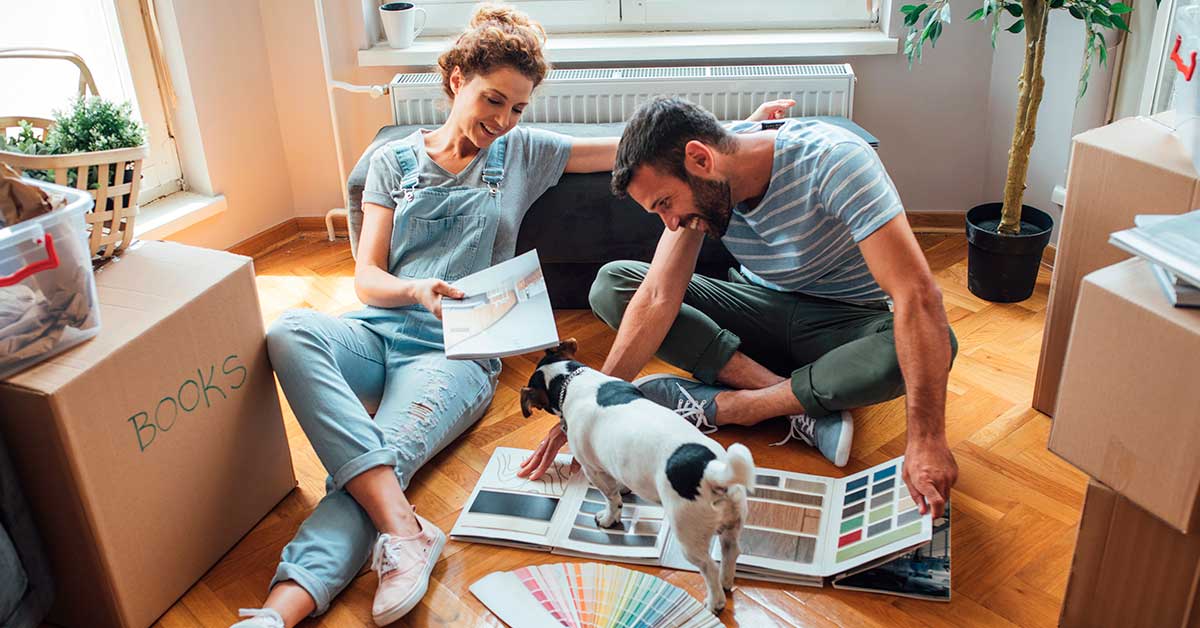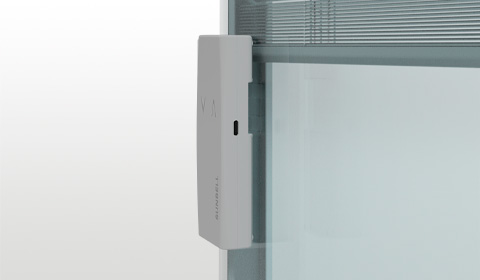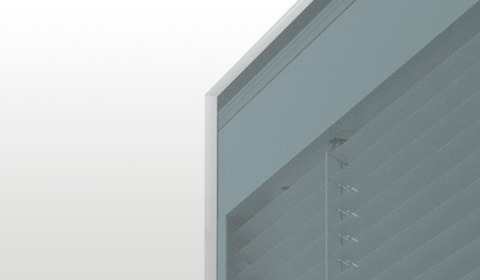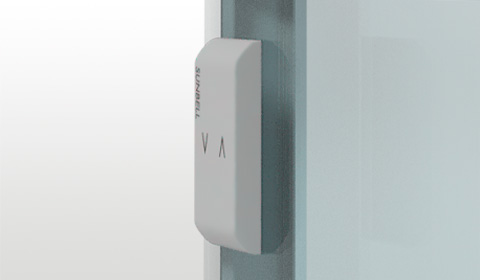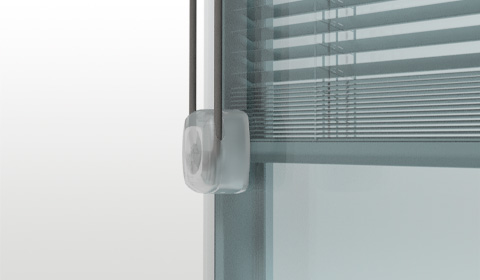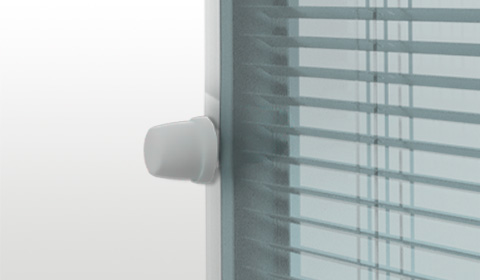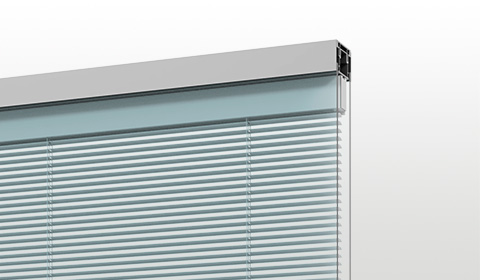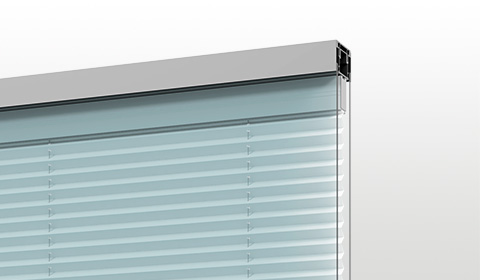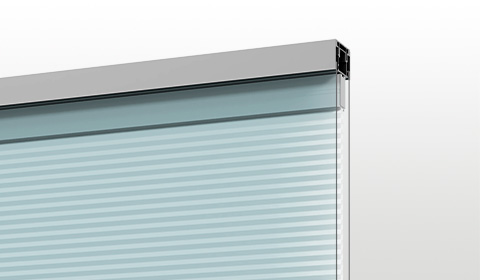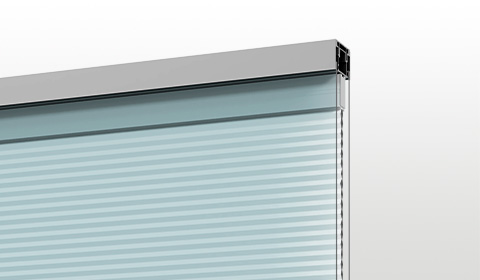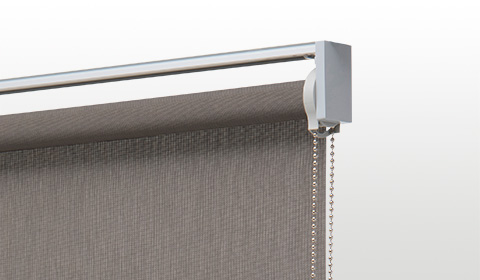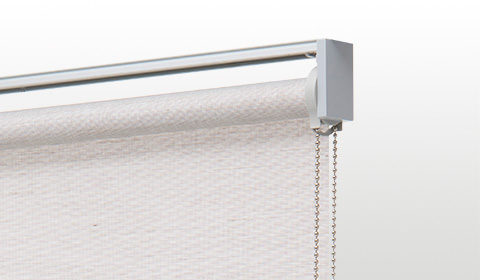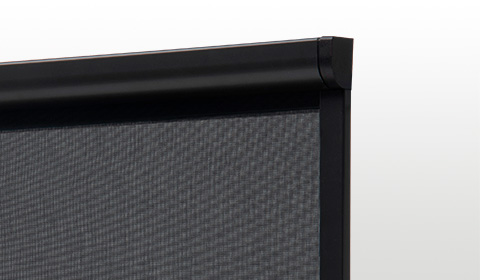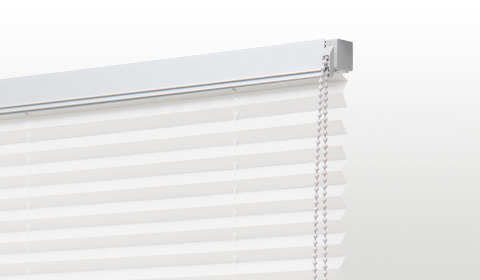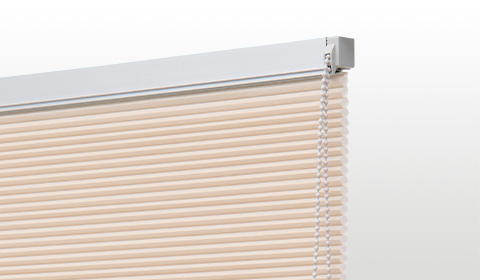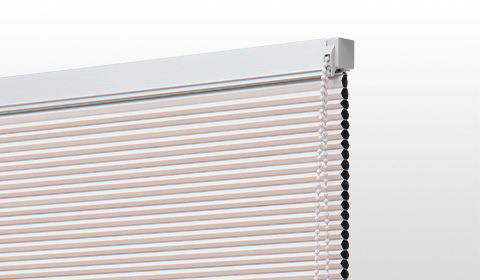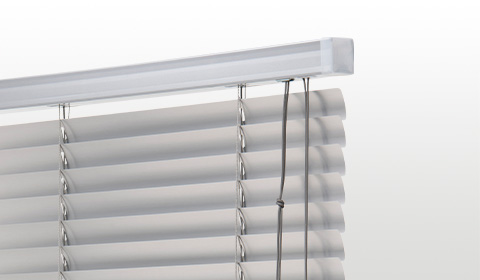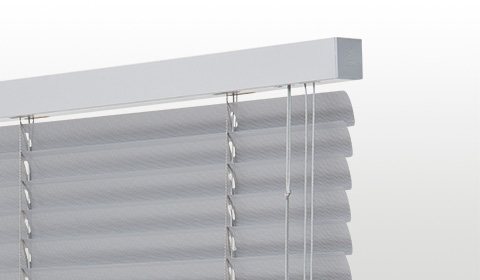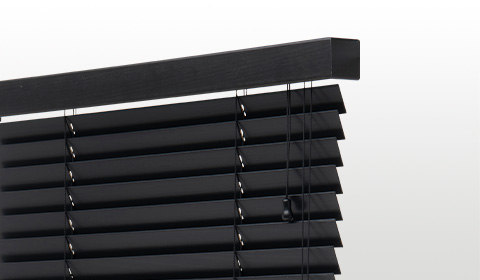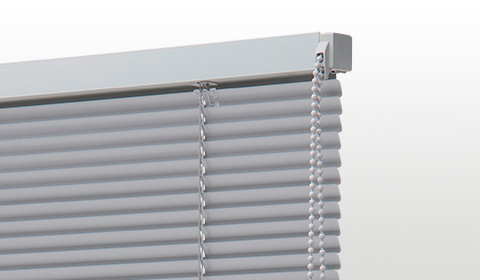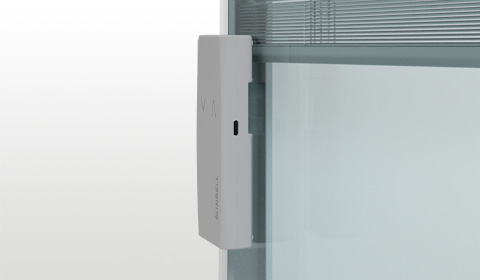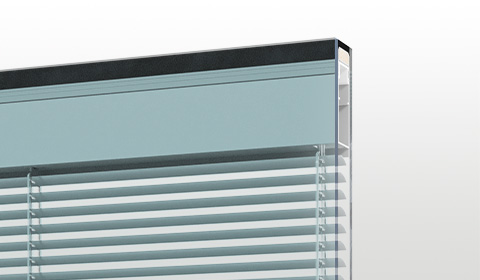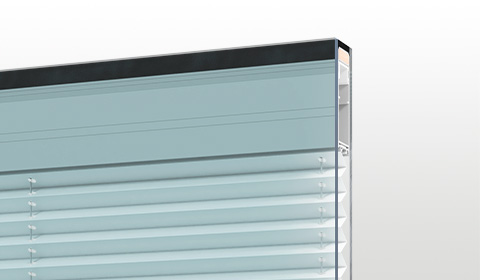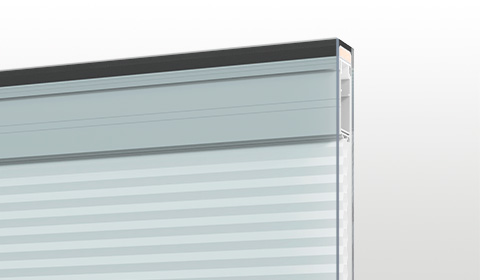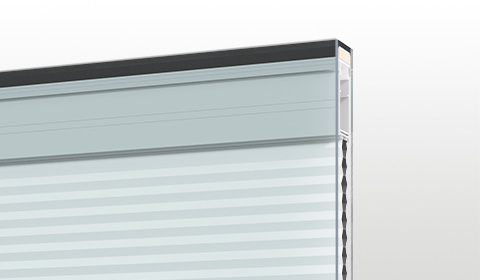At first sight, neuroscience and architecture might look like very different fields. However, with the right approach, it becomes clear how they can be mutually beneficial to each other.
Traditionally, architecture is based on observation and intuition whilst neuroscience relay on a more experiment-based approach.
However, the latest advancements in neuroscience have been able to explain the way we perceive the world around us and how we move in it.
Furthermore, it’s now clear how the environment around us affects our cognitive abilities, our problem-solving skills and our mood.
A deeper understanding of neuroscience, in particular in the areas of spatial perception and orientation, can be extremely useful in the development of spaces that will have positive environmental characteristics and that will be capable of reducing negative physiological, cognitive and emotional effects to the minimum.
For example, low lighting makes more difficult to locate edges and create a lack of reference points which, in turn, triggers feelings of anxiety and stress.
This simple example shows the importance of an interdisciplinary study between architecture and neuroscience.
Neuroscientists and architects should collaborate together so that this integrated approach can enhance creative development and could generate projects truly taking advantage of the dialogue between these two disciplines.
What defines a space
Usually, when defining a space, we use its spatial characteristics, such a configuration of its most important reference points and the paths that can be taken while moving inside it.
These characteristics can influence the shape and normal functioning of space, affecting our memory and several of our spatial perception indicators.
The hippocampus is involved in the exploration of a space and interacts with the intimate relationship between memory and perception of it. For this reason, considering neurological factors affecting the memory can help to improve the architectural project of a building.
Neurons, which respond differently depending on the different areas of the space where we move, are activated by a combination of characteristics that identify the space itself.
These neurons are also affected by a strong sense of spatial orientation and different spaces can be associated with different models of neural activity.
As our sense of “place” is defined by these neurons, understanding the factors that influence them can help us understanding how we are affected by the different elements present in an architectural project.
What makes a space memorable
When imagining the paths that people will take inside a space, architects can incorporate elements of design that will make these paths more memorable and easier to go through.
These elements can be directly associated with the position and the shape of decorations, images, objects or textures on the floor.
These features won’t affect hugely the sense of orientation experienced inside an environment, however, they will affect the hippocampus that will create connections to establish unique and memorable journeys.
Physical environment and response to stress
It’s common knowledge how crowds, sudden noises, intense lighting and the lack of reference points are all factors increasing physiological stress.
From a cognitive perspective, stress is associated with the reduction of our problem-solving skills and increase of mistakes in our decision-making process.
For this reason, it becomes very important for architects to extract useful information from neuroscience with the aim to optimize at its best the design of the space built.
Many studies give us interesting information about the characteristics of a place which trigger different neural and physiological responses and are capable to make us feel a sense of either comfort of anxiety.
Architectural projects that take into consideration the principles of neuroscience can increase the creativity and sense of comfort of the people living or working in these spaces.
Collaboration between architecture and neuroscience
The collaboration between architecture and neuroscience needs a careful approach as there are still no clear guidelines in this field.
More than anything we tend to speak about the context and the needs of the people that are going to use a space.
To design a comfortable and stimulating space, there are a few simple solutions that have given positive results at research levels such as windows opening over nature or the lighting choices.
If it’s true that architecture can change our planet in an artificial way, it’s also true that a clear understanding of how our brain reacts to these changes can help us building more functional spaces.
Neuro-architecture applied to our homes
We have now established that there are contexts, situations and design elements capable to influence our feelings and mood.
For this reason, the more attention we give to designing our home, the more we can improve it in terms of living comfort and overwell psychophysical wellbeing.
“Even if we spend more than 90% of our life inside buildings, we are still not very interested in how these buildings can influence our behaviour, thoughts, emotions and wellbeing” (Mind in Architecture – Sarah Robinson e Juhani Pallasmaa)
We have the opportunity to design our home and make it stimulating and comforting depending on how we furnish our rooms, the plants that we use and furniture accessories we choose.
All these choices will lead to a comfortable space that will reflect our personality and won’t create feelings of stress and anxiety.
Lighting is one of the most important variables affecting our mood and our concentration. Elegant and innovative window blinds can help us regulate and manage them in the best possible way.
Sunbell produces Venetian blinds as well as double glazing Venetian blinds and roller-ups, all designed with manual or automated systems, giving you the opportunity to choose the exact quantity of light, sun and heat to let inside your home.
Designing a home also means thinking about the best choice of window blinds which will improve the spaces both from an aesthetic and functional perspective, creating a perfect atmosphere inside our home.

